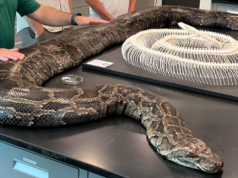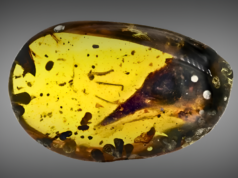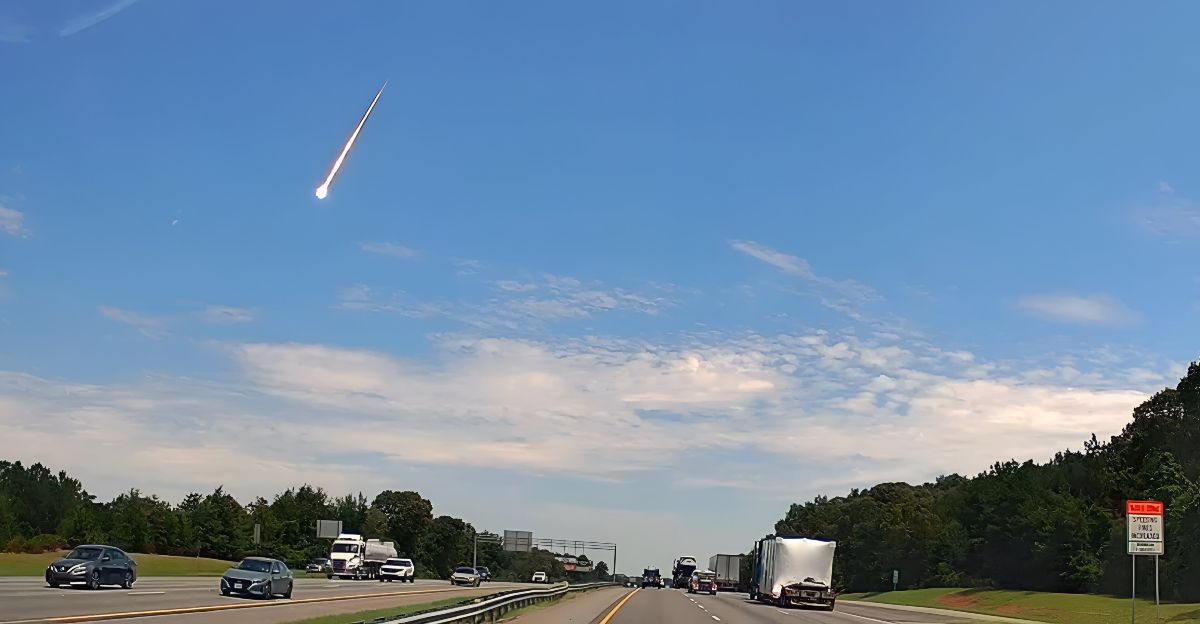
If you’ve been lucky, you might have had the opportunity to take in the beauty of a meteor shower, shooting star, or changing moon, but how odd is it to see a fireball falling from the sky in the middle of the day? For residents of the southeastern United States, that’s exactly what happened on the 26th of June, just after noon.
With dashcams and security cameras capturing the dramatic moment, this extraordinary event has sparked widespread fascination and scientific interest, leaving people wondering what could have been.
The Spectacle in the Sky
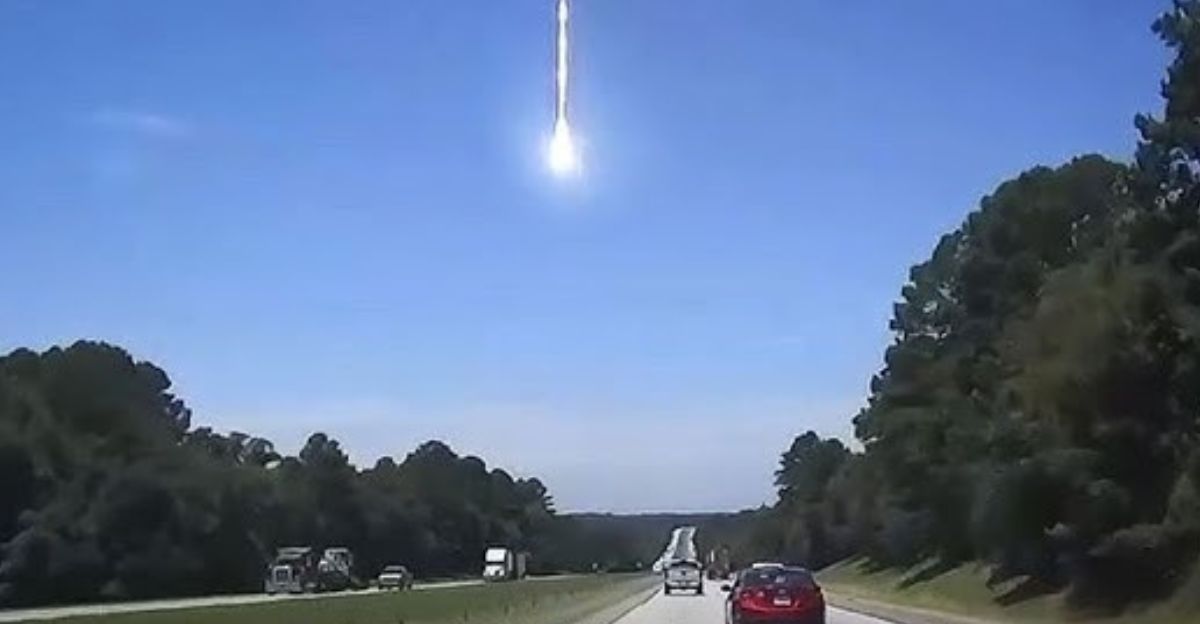
Eyewitnesses across at least six states described a dazzling fireball blazing through the clear midday sky, leaving behind a vivid tail and a lingering smoke trail. The phenomenon was so intense that many compared its brightness to the sun, which is rare in meteor events, usually only visible at night.
“I would estimate that we receive reports of one daylight event per month from all over the world,” said Robert Lunsford of the American Meteor Society. “I would say one out of every 700 fireball events involves a fireball seen during daylight hours. So these events are rare, and most people go a lifetime without seeing one.”
What Is a Fireball?
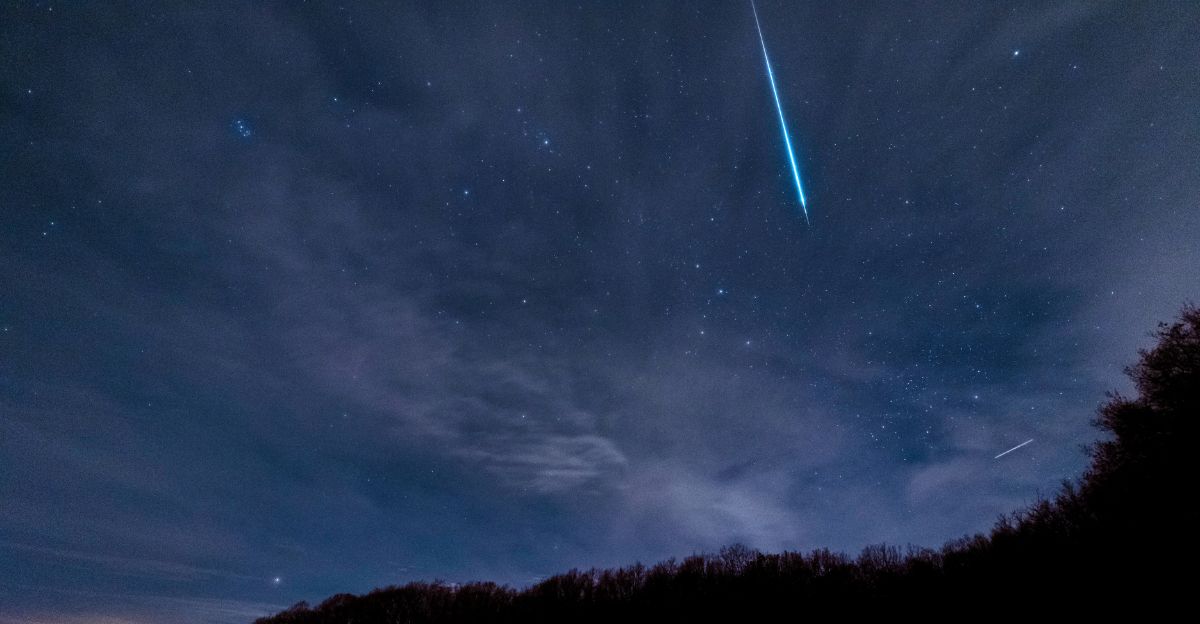
This exceptionally bright meteor isn’t your average shooting star; it happens when a meteoroid, not too large, enters Earth’s atmosphere at high speed and burns up due to friction. To be classified as a fireball, this meteor needs to shine extremely bright, having a visual magnitude of -4 or brighter; those visible in daylight are even more luminous, often reaching magnitude -6 or brighter.
As these space rocks plummet through the atmosphere, they heat up and produce a vivid streak of light, sometimes accompanied by a glowing tail and, in rare cases, a sonic boom if they penetrate deeply enough.
The Explosion and Sonic Boom
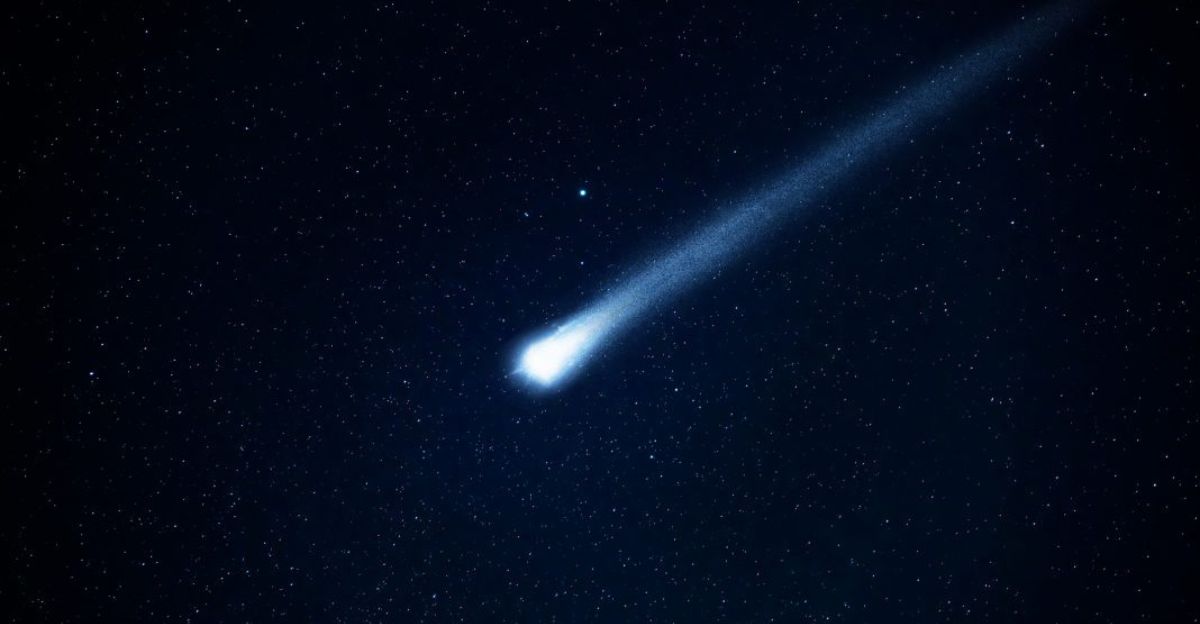
As the meteoroid plunged through the atmosphere at tremendous speed, it rapidly heated up. It eventually exploded high above Georgia, unleashing a shock wave that rattled windows and startled residents across the region. This explosion had a serious sonic boom, which is rarely heard from fireballs, especially during the day.
“The meteor was first seen at an altitude of 48 miles above the town of Oxford, Georgia, moving southwest at 30,000 miles per hour,” said Bill Cooke, lead for NASA’s Meteoroid Environments Office. “The resulting pressure wave propagated to the ground, creating booms heard by many in that area.” The force of the explosion fragmented the fireball into dozens, possibly hundreds, of pieces, some of which may have reached the ground as meteorites.
Scientific Tracking and Analysis
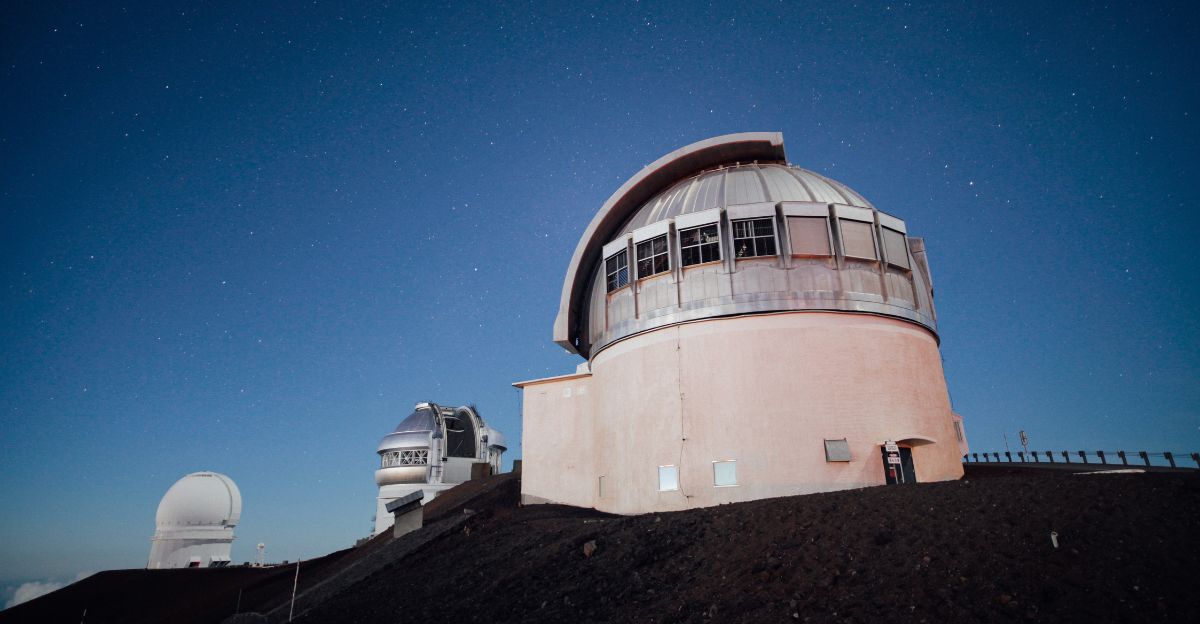
With some of the best technology the world has to offer, researchers can track every part of these events. NASA’s Center for Near Earth Object Studies (CNEOS) uses data from weather satellites, like the Geostationary Lightning Mapper (GLM) on GOES satellites, to detect fireballs and record key parameters including the exact time, geographic location, altitude, velocity, and total radiated energy of the event.
Infrasound arrays, part of the International Monitoring System (IMS) for the Comprehensive Nuclear-Test-Ban Treaty, can detect the low-frequency sound waves generated by large fireballs. This allows scientists to estimate the event’s energy, yield, and trajectory even when visual observations are limited.
Connection to Meteor Showers
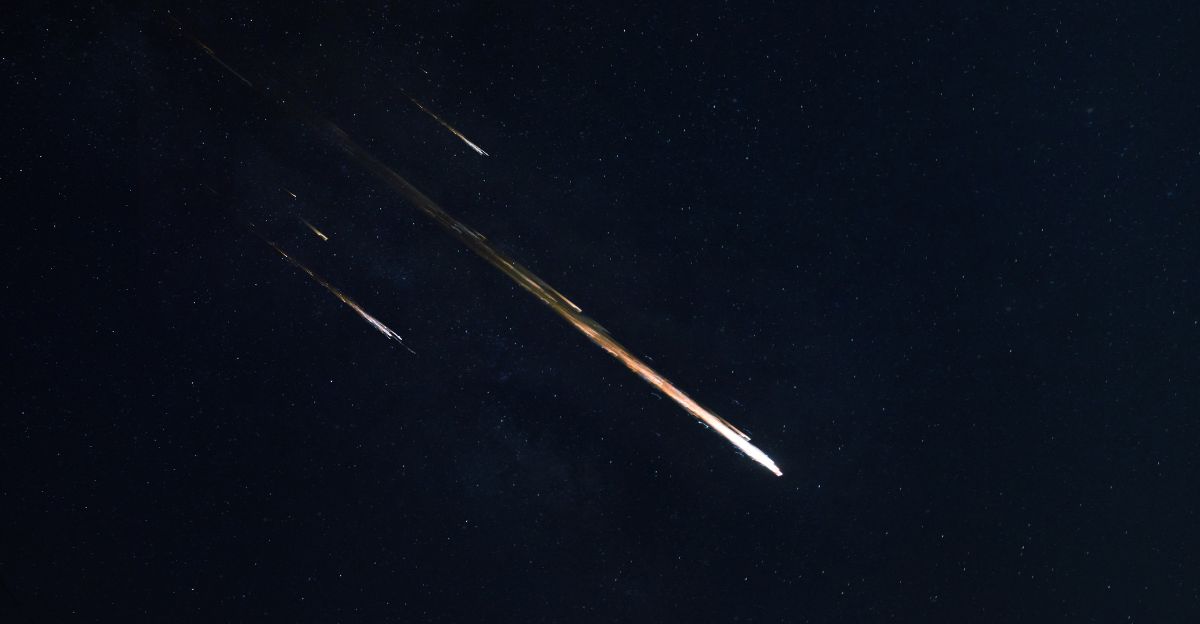
Experts suggest the fireball may be associated with the Beta Taurid meteor shower, which is typically active from June 5 to July 18 and has its maximum activity around June 25–29. Unlike most meteor showers, the Beta Taurids are best detected by radar because their radiant point is close to the Sun, making visual sightings in daylight extremely rare.
“Daylight fireballs are rare in that it takes a large object (larger than a beachball compared to your normal pea-sized meteor) to be bright enough to be seen during the day,” said Lunsford.
Previous Fireball Sightings
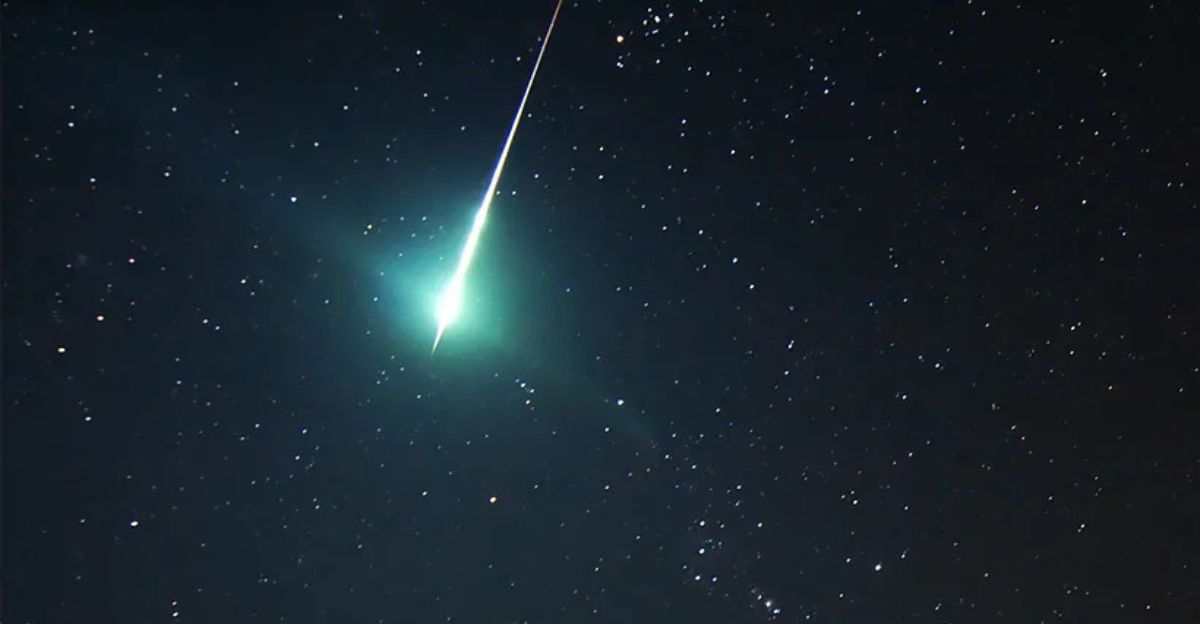
While these sightings are extremely rare, they have graced the skies during the day many times before. Some have been pretty notable, and some have even gone undetected; either way, they’re still pretty incredible. The American Meteor Society has documented fireballs over nearly every state, with some events generating hundreds of eyewitness reports and even causing minor property damage.
In December 2020, central New York had quite the show in broad daylight, with a Fireball lighting up the sky and ending in a loud boom. In May 2025, a massive fireball was seen from Texas to Kansas.
The Role of the American Meteor Society

Founded in 1911, the American Meteor Society (AMS) is a non-profit scientific organization encouraging amateur and professional astronomers to report sightings of meteors, meteor showers, and especially fireballs. The AMS collects fireball reports from the public online, allowing witnesses to contribute crucial data such as the event’s brightness, trajectory, color, and duration.
Meteorite Recovery Efforts
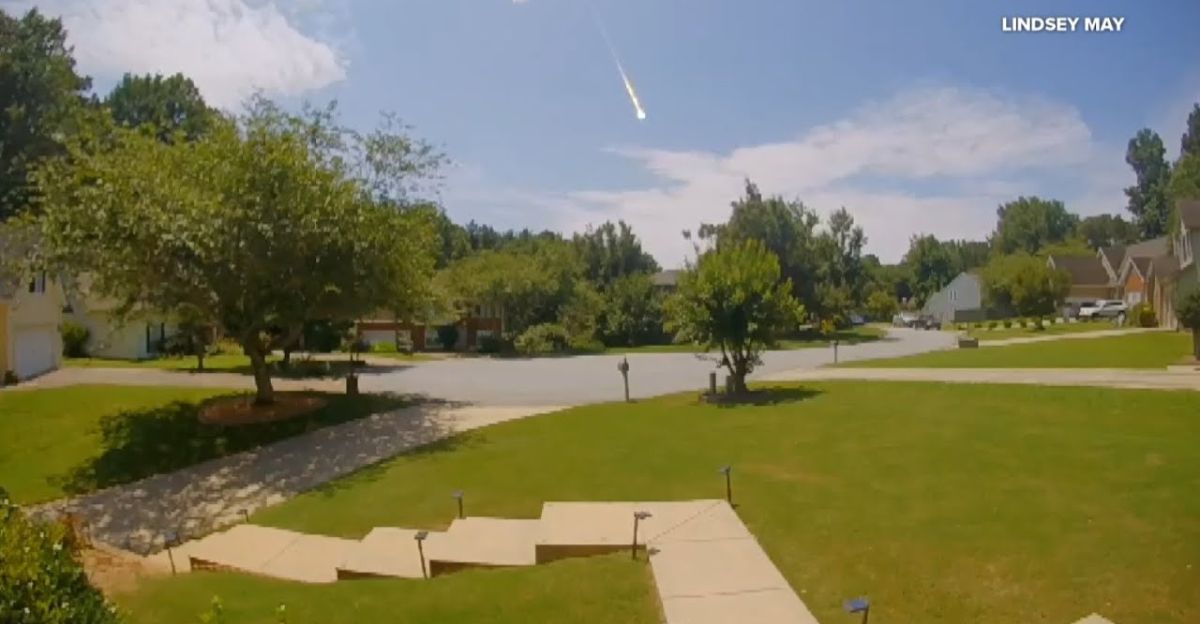
While the main focus isn’t on recovering these fallen objects, it is a great asset to research when one is found. During this incident, someone in Henry County reported a rock coming through their roof around the same time the sonic boom was heard. It left a hole in the ceiling around the size of a golf ball and cracked the laminate flooring. Local authorities and scientific teams have been investigating the meteorite fragments.
On the other hand, tools like the Rapid Detection and Recovery of Meteorites (RADARMET) project use real-time Doppler radar data to map where meteorite fragments are likely to have landed, allowing scientists and hunters to recover pieces within hours or days of a fall.
Preparedness and Research
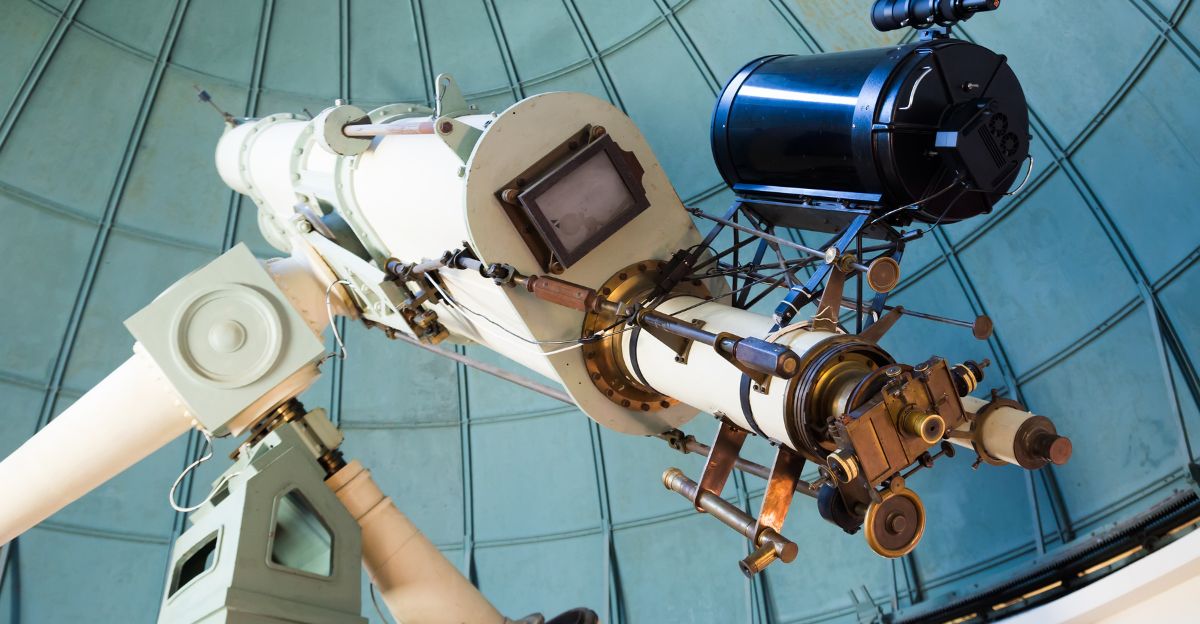
Scientists and emergency management agencies have developed protocols to quickly assess and respond to significant meteor events, especially those that might cause meteorite falls or damage to the ground. Research institutions collaborate globally to monitor the skies using telescopes, satellites, and radar systems, enabling early detection of incoming meteoroids and rapid dissemination of information to the public.
Planetary defense researchers also analyze fireball data to improve impact prediction models and assess the likelihood of larger, potentially hazardous objects reaching Earth.


